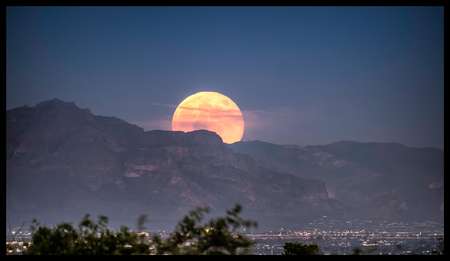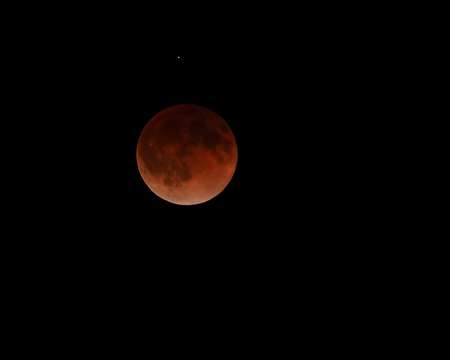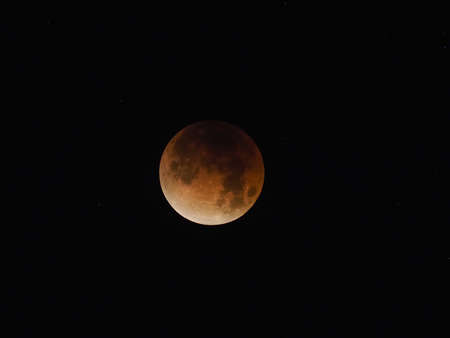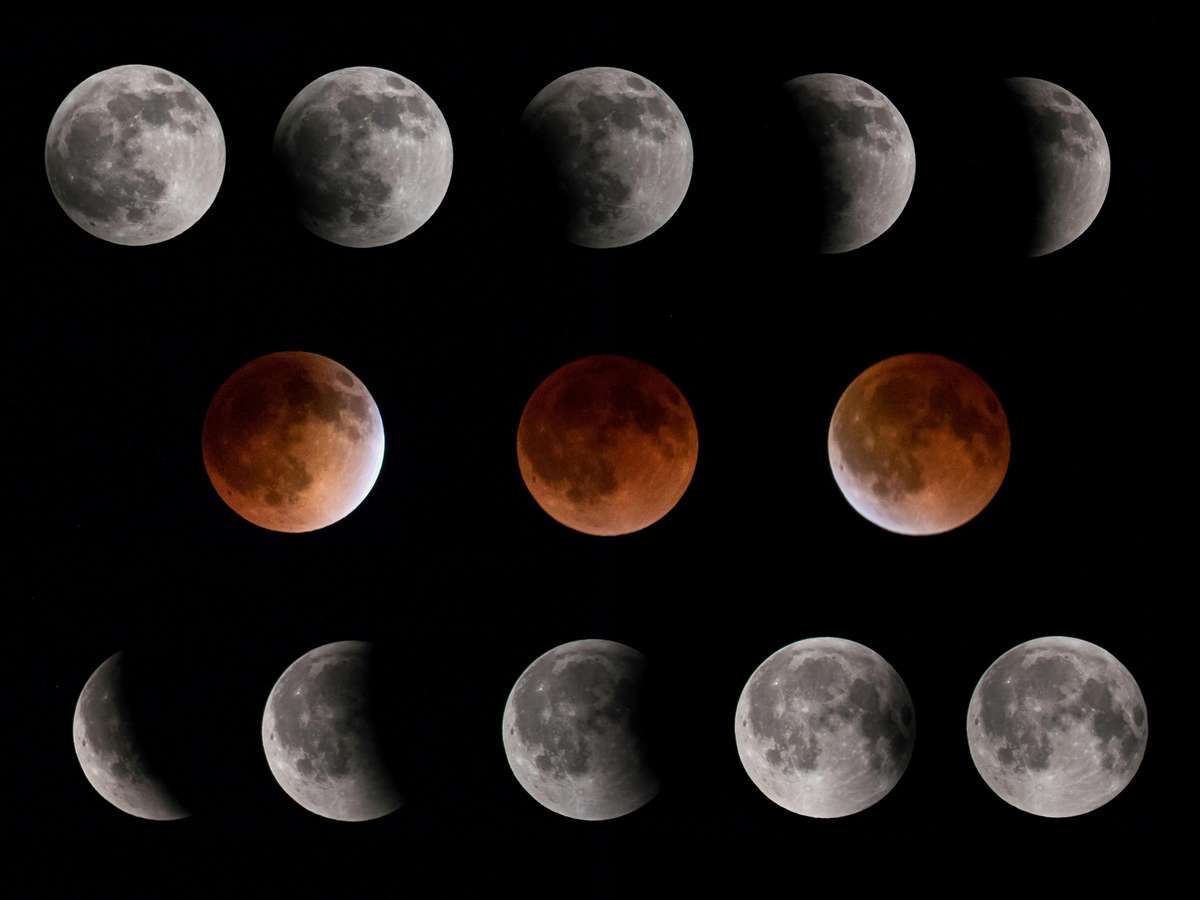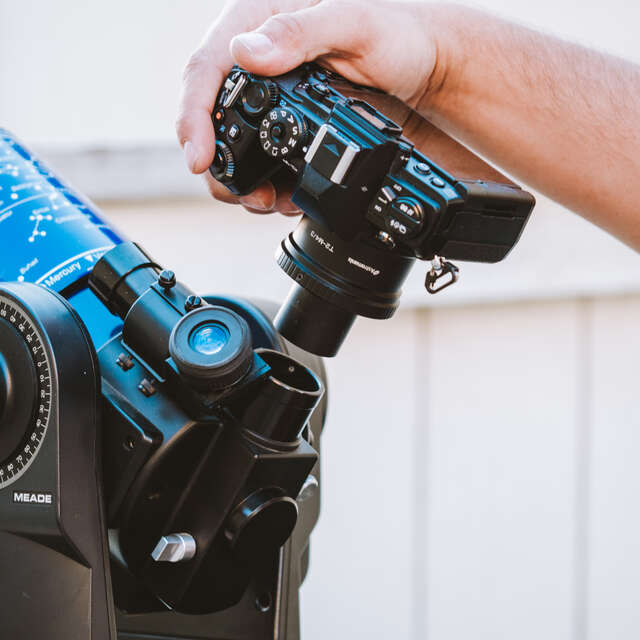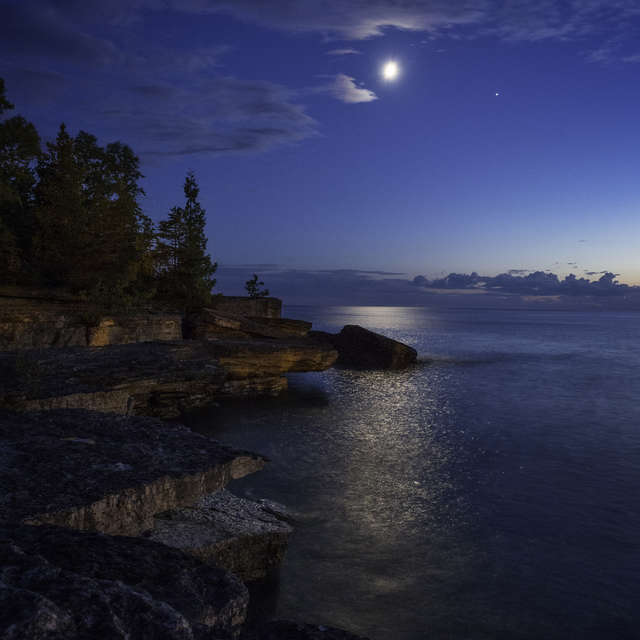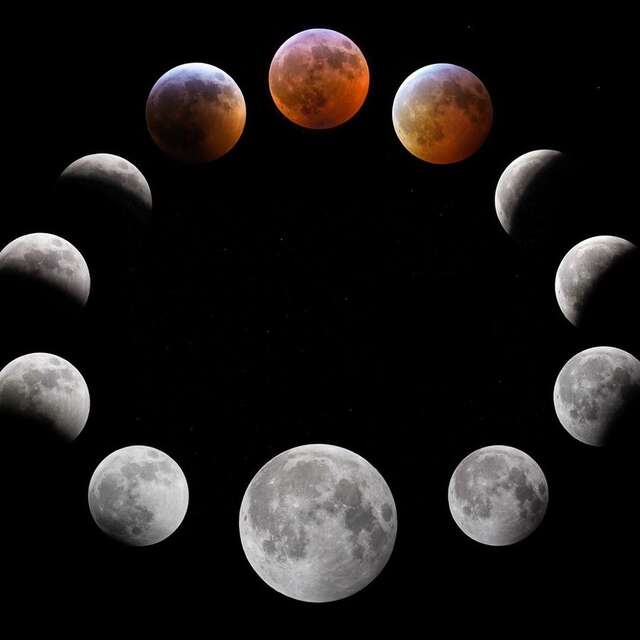PLAN AHEAD
Pick a shooting location with clear skies. The last thing you want to be is in a place that develops afternoon clouds, so be sure to check the local weather reports.
KEEP STEADY
Use a tripod! A stable platform is very important when shooting the moon. The longer the lens, the more support and stability is needed. You will have to slow your shutter speed down as the moon gets darker and changes to orange and then red colors. I also like using the Olympus RM-UC1 remote cable release to keep the camera from moving.
Editor’s Note: Using the O.I. Share App to remotely trigger compatible cameras will also keep your camera from moving.
PICK THE RIGHT LENS
Shoot with a telephoto lens that is 300mm or longer. Try using the M.ZUIKO 75-300mm F4.8-6.7 lens, the M.ZUIKO 40-150mm F2.8 PRO + MC14 1.4x Teleconverter (resulting in 210mm in coverage = a 35mm equivalent of 420mm) or the M.ZUIKO 300mm F4.0 IS PRO + MC14 1.4x Teleconverter (resulting in 420mm in coverage = a 35mm equivalent of 840mm!).
When it comes to shooting the moon, the bigger the lens, the better!
KEEP YOUR EYE ON THE SETTINGS
Monitor and adjust your settings during the different phases of the lunar event. As the moon begins traveling across the night sky, it’s moving at a rapid rate of speed, so you need to start your shooting at around 1/640 second, F6.7 and ISO 200. As the moon gets darker, make sure to lower your shutter speed and raise the ISO. When the moon goes dark, you will have to open your aperture all the way up; with the M.Zuiko Digital ED 75-300mm F4.8-6.7 that’s F6.7 at the far end of the zoom, but with the M.Zuiko Digital ED 40-150mm F2.8 PRO and MC-14 that’s F4.
The exact value you will need to raise your ISO and lower your shutter speed will depend on your lens (and its aperture). With the M.Zuiko Digital ED 75-300mm F4.8-6.7, I bumped it up to around 4000 and slowed my shutter down to 1/10 second. With the M.Zuiko Digital ED 300mm F4.0 IS PRO + MC-14 1.4x Teleconverter, I bumped my ISO up to 2000 and dropped my shutter speed down to .4 seconds. Lastly, as the moon comes out of the Earth’s shadow, you will need to do the opposite for your settings; remember to raise your shutter speed and lower the ISO.
SHOOT FROM START TO FINISH
Take multiple shots of the moon going in and out of the eclipse. Taking multiple shots ensures that you can create a composite post-production image that shows the total lunar transformation throughout the event.
KNOW YOUR FEATURES
Try using your camera’s specialized features to help you capture the drama of the lunar cycle. For instance, try using Focus Peaking (recent model PEN and OM-D cameras) and Zoom Magnifier to focus on the moon.
ABOUT ALEX MCCLURE
Web: http://www.alexmcclurephotography.com
Alex McClure has been an avid photographer for over 30 years. Alex works to achieve his stated goal to “make beautiful photographs that inspire and motivate people” through his nature, commercial and fine art photography.
